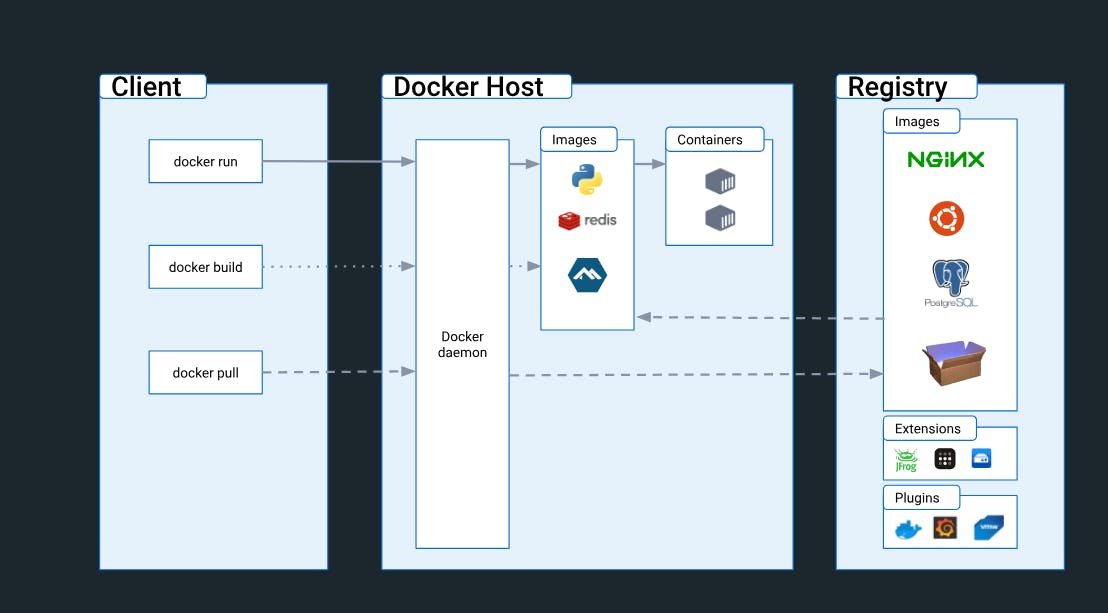In today's rapidly evolving digital landscape, software development and deployment have become more complex than ever before. Traditional approaches to application delivery often involve numerous compatibility issues and dependency conflicts. Enter Docker, a game-changing technology that has revolutionized the way software is built, shipped, and deployed. In this blog, we will delve into the world of Docker, exploring its core concepts, benefits, and real-world applications.
Docker
Docker is an open-source platform that enables developers to build, package, and distribute applications as lightweight, portable containers. These containers provide a consistent runtime environment, encapsulating an application along with its dependencies and configuration. Docker allows applications to run seamlessly across different environments, from development to testing and production, eliminating the notorious "it works on my machine" issue.
Why use Docker?
Portability and Consistency: Docker containers provide a consistent runtime environment across different systems, ensuring that applications behave the same way regardless of the underlying infrastructure. This eliminates the "it works on my machine" problem and makes it easier to move applications between development, testing, and production environments.
Scalability and Resource Efficiency: Docker allows you to scale your applications easily. By deploying multiple containers on a single host or across multiple hosts, you can distribute the workload efficiently and make the best use of available resources.
Rapid Deployment and Rollback: With Docker, deploying applications becomes faster and more reliable. Containers can be created and started within seconds, allowing for rapid deployment and faster time-to-market.
Isolation and Security: Docker containers provide process isolation, ensuring that applications and their dependencies are encapsulated and separated from each other.
Collaboration and Reproducibility: Docker simplifies collaboration among developers and teams. Docker images serve as the building blocks for applications, enabling developers to share and distribute their work easily.
Docker Architecture

Docker Client
The Docker client (docker) is the primary way that many Docker users interact with Docker. When you use commands such as docker run, the client sends these commands to dockerd , which carries them out. The docker command uses the Docker API. The Docker client can communicate with more than one daemon.
The Docker daemon
The Docker daemon (dockerd) listens for Docker API requests and manages Docker objects such as images, containers, networks, and volumes. A daemon can also communicate with other daemons to manage Docker services.
Docker Images
At the heart of Docker lies the concept of Docker images. An image is a read-only template that contains everything needed to run an application, including the code, runtime, libraries, and system tools. Images are created using Dockerfiles, which define the instructions for building an image.
Containers
Containers are lightweight, executable instances of Docker images. They provide an isolated environment for running applications, ensuring consistent behavior across different systems. Containers are highly portable, enabling developers to run the same application on any machine running Docker, regardless of the underlying infrastructure.
Docker Registry
The Docker Registry is a central repository that stores and distributes Docker images. The most popular registry is Docker Hub, which hosts a vast collection of pre-built images shared by the Docker community. Organisations can also set up private registries to store their proprietary images.
